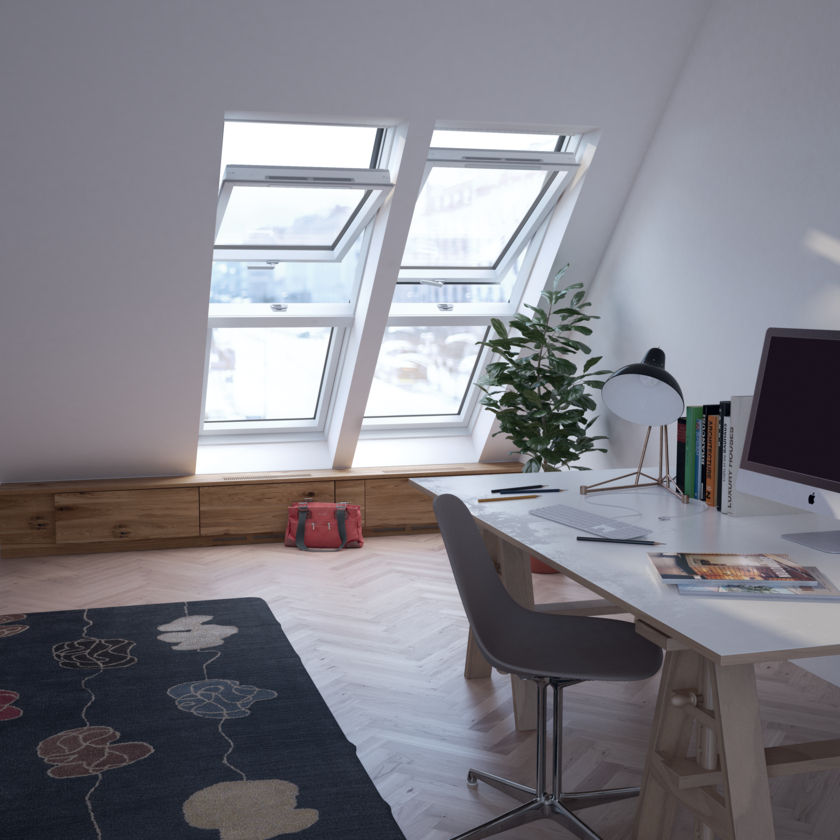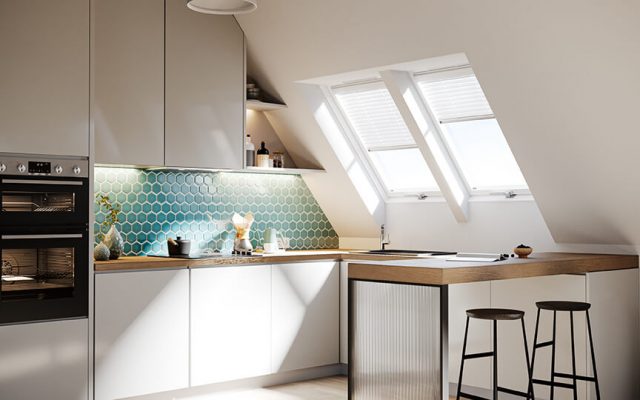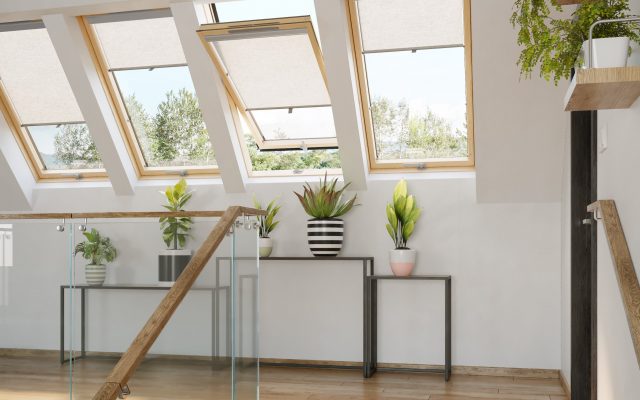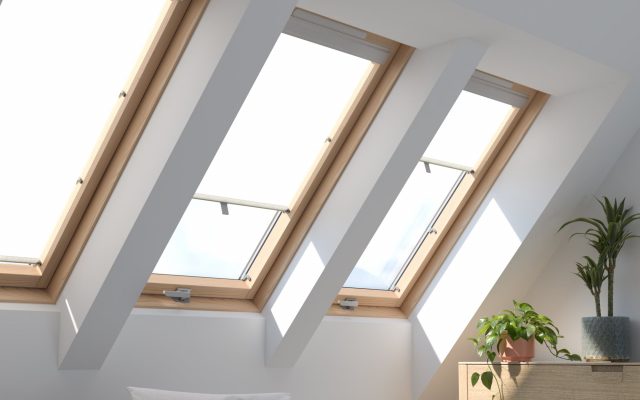Converting a loft to an office is a fantastic way to make a massive difference to your home and working life. Attics often go unused, whether they have been converted into a room or not. Yet in a world where far more of us are working from home, the importance of a well-furnished home office space cannot be underestimated.
In this guide to converting a loft into an office and what you should take into consideration, we will examine why you may wish to make this change and what you need to know. Are you ready to learn more? Then read on and let’s get started.

Why a Loft Office May Be Perfect for You
If you are considering converting a loft into an office, you’re not alone. These conversions are a popular way to make use of your underutilized top floor. In this section, we are going to explore the significant advantages that a loft conversion can offer you.
You Can Free Up Space Around the House
If you convert a loft to an office, one massive boon is the free space that you’ll gain in other rooms in your home. When working from home, so many of us either use a spare room as an office or otherwise sit at the kitchen table or in the lounge, which inevitably results in clutter around the house. Laptops, documents, folders and more can all take up space that you could otherwise use to your heart’s content.
If you convert your loft into an office space, all of this clutter can move upstairs into your new attic office, where you can organize it neatly and create a better place to work.
You Can Increase Your Property Value
Adding a room to your home, particularly if you add some desirable features such as new roof windows, will not go unnoticed. You can expect to see this desirability reflected in your property’s value, which will likely increase the value of your property and help you to make a larger profit should you sell your home.
Increased Energy Efficiency
Lofts tend to be draughty and cold places and are often poorly insulated. This can affect your house’s energy efficiency, with heat rising and escaping out into your attic, which means you’ll need to spend more money on heating. If you convert a loft to an office, you’ll need to add insulation to make it a pleasant place to work, which will have knock-on effects on the rest of your home’s energy efficiency.
You can also count on improved energy efficiency due to reduced lighting costs, particularly if you add roof windows or skylights to your attic office. These can make the office a bright and airy place to be, making it a pleasant environment, and also reducing the reliance on electric lighting.
Adding an energy-efficient window, such as our Ultima or Better Energy roof windows, come with a two-chamber design that provides better insulation and reduces heat loss in cold winter months, but can also limit the amount of heat entering the room in hot summer months.
You May Not Need Planning Permission
As your loft is an existing room in your home, you may not need to get planning permission from your local planning authority if you want to convert it into an office. This is a great advantage, reducing the amount of time, money and effort required to add an extra space to your home.
Many loft conversions are covered by permitted development rules, which allow you to make changes to your home without requiring planning permission. However, it is important to check that your particular loft conversion plan is covered under permitted development before you begin work, or you will likely need to revert the property back to its original state.
Converting a Loft to an Office: Tips
If you would like to convert your loft into an office, you will need to begin by insulating the office thoroughly, so that your office isn’t too cold to work in. You will also need to ensure that you have enough headroom in your new office – you can make your loft slightly taller if it’s too restrictive.
After this, you will need to add lighting, and, we’d recommend, roof windows. Roof windows are a popular choice for loft conversions and with good reason: they’re suitable for the sloped, low ceilings that come with loft conversions and add a lot of light, which can make for a beautiful room full of natural light.
After this, it will just be a matter of adding carpeting, office furniture, and other office essentials, then you’ll be ready to start working in your new room.
Making Your Loft into an Office Could Be Exactly What Your Home Needs
The process of converting a loft to an office is a fantastic way to make your home a better place to work. No more will your work dominate the rest of your house, or create clutter: instead, you’ll have a place dedicated to work, where you can properly focus in a great environment.
At DAKEA, we’re passionate about helping people make their homes better, and we’d be happy to help you convert your loft into your dream office. If you have any questions about how our products can help to make your loft into the office that you deserve, we’d be happy to hear from you, contact us today.
Loft Conversion FAQs
Do I Need to Tell My Neighbours About a Loft Conversion?
You do not need to tell your neighbours about a loft conversion in most circumstances, though you may still wish to. You will need to consult with them if a party wall is required, but this only applies to terraced and semi-detached houses.
Can I Live in My House During a Loft Conversion?
Yes, you can live in your house during a loft conversion. It may be somewhat disruptive to you, but it should not cause too many issues.
How Much Does a Loft Conversion Cost?
You can expect a basic loft conversion to cost as little as £15,000. However, this can rise to around £25,000 or more for particularly large or complex conversions.


